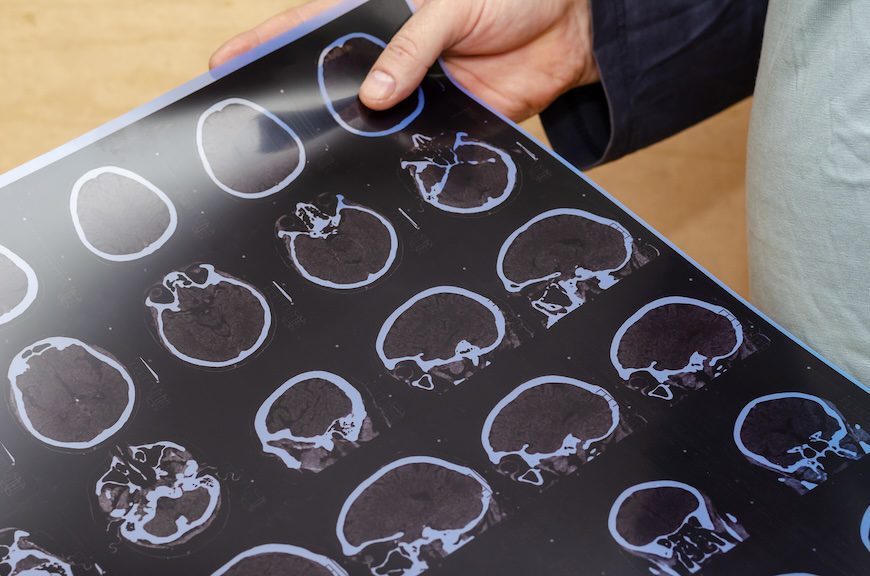Groundbreaking new research has revealed that geography plays an outsized role in diagnosis rates of Alzheimer’s disease and related dementias (ADRD). Right now, nearly 7 million Americans are living with a dementia diagnosis, while most researchers suspect that millions more probably have symptoms but lack a diagnosis.
Researchers suggest that possible explanations include differences in the fundamental population risk factors and differences in the capabilities of new case identification. To that end, the study’s authors suggest that regions with lower diagnostic intensity could benefit from better surveillance efforts to ensure earlier detection and treatment.
Methodology
The study’s researchers, operating out of the University of Michigan Medical School and the Dartmouth College Geisel School of Medicine, dove into Medicare claims data of 4.8 million people over the age of 66 in 2019. Julie Bynum, MD, a geriatrician, and the health care researcher who led the study – along with her colleagues – pulled from various hospital referral regions (HRRs) across the United States.
The team then evaluated dementia-specific regional diagnosis intensity by calculating the ratio of expected new cases — estimated using population demographics, risk factors, and overall diagnostic practices — to the actual observed cases.
Key Findings
The study, which appears in Alzheimer’s & Dementia: The Journal of the Alzheimer’s Association, exposed a broad range of dementia diagnosis rates across regions. Specifically, rates fluctuated from 1.7 to 5.4 per 100 individuals.
And the dementia-specific diagnosis intensity, which reflects how aggressively medical providers identify new cases, stretcehd from 0.69 to 1.47 across the regions studied. These inconsistencies appeared to be most pronounced among Black, Hispanic, and younger groups (between 66 and 74).
Notably, where the individuals lived influenced the intensity of diagnosis, leading to as much as a twofold difference in their odds of receiving a diagnosis. Consequently, the researchers concluded that geographic location plays a crucial role in determining whether an older adult is diagnosed with ADRD. This, of course, can cause ripple effects that can shape access to care and potential health outcomes.
“The message is clear: from place to place the likelihood of getting your dementia diagnosed varies, and that may happen because of everything from practice norms for health care providers to individual patients’ knowledge and care-seeking behavior,” Bynum, who’s also a professor of internal medicine at UM’s Medical School, said in a press release. “But the good news is, these are things we can act on once we know where to look.”
But What Does It Mean?
The study’s findings strongly suggest that where you live can determine whether you receive a dementia diagnosis.
This is especially critical for “junior” seniors and minority populations, who face the widest disparities in diagnosis rates. Possible explanations include deviations in population health risks – such as education levels, obesity, diabetes, and smoking prevalence – and variations in how aggressively healthcare professionals pursue diagnoses.
Considering how crucial early (and accurate) diagnosis can be, especially when it comes to advanced care planning and treatments — the study’s authors argue that targeting surveillance and diagnostic efforts in regions with lower diagnostic intensity could help bridge these gaps.
Moving Forward
The study raises important questions about healthcare equity, particularly in the diagnosis and management of dementia. As new treatments come online, ensuring equal access to diagnosis and care will be increasingly crucial.
“For communities and health systems, this should be a call to action for spreading knowledge and increasing efforts to make services available to people,” Bynum said. “And for individuals, the message is that you may need to advocate for yourself to get what you need, including cognitive checks.”
The authors concluded by adding that further research could help determine the drivers of these geographic variations in diagnostic practices and develop strategies to reduce diagnosis disparities.
Further Reading
Research Shows Challenges and Surprising Benefits of Aging



